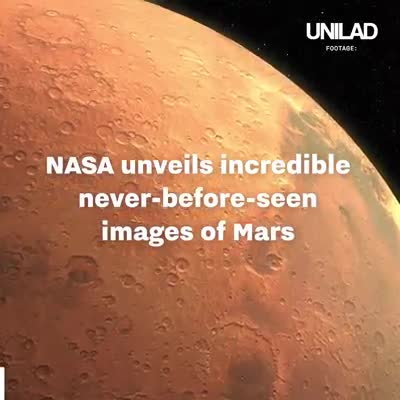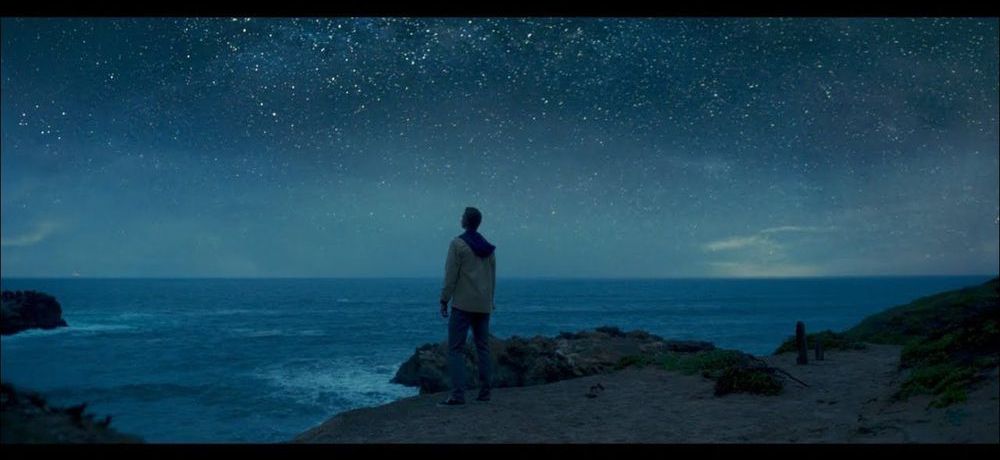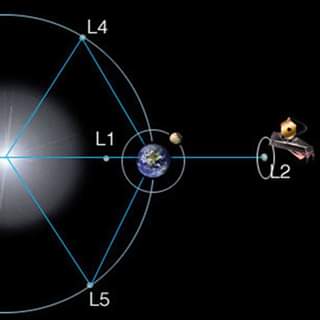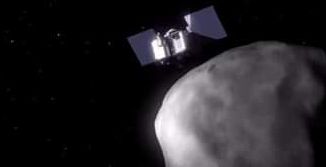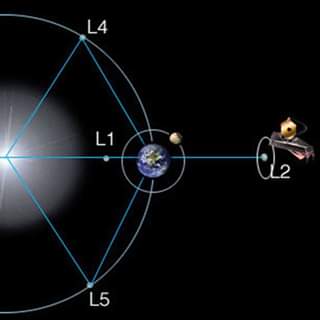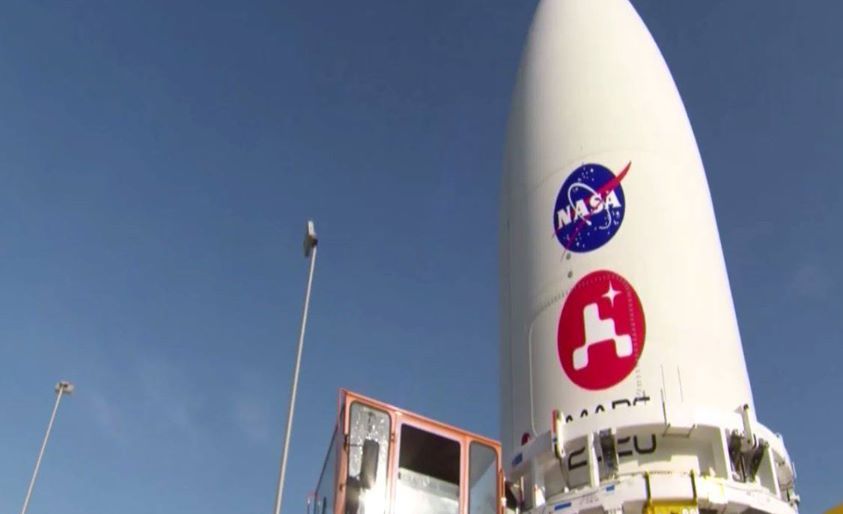Great interview with Villanova University astronomer Ed Guinan, who explains today’s news of the latest paper on why Betelgeuse experienced such a deep dimming this past Fall and Winter. We cover a lot of territory from how Gene Roddenberry chose the name Guinan for the Whoopi Goldberg character on Star Trek’s Next Generation to the history behind the pole star’s mysterious brightening; to the Dog Star Sirius; to why life might still be possible around red dwarfs; to our Sun’s longterm future. Please listen!
In a stroke of serendipity during a wide-ranging podcast interview, Villanova University astronomer Edward Guinan explains the paper behind today’s news flap about the red supergiant star’s inexplicable dimming. The most recent explanation is that dust generated from cooling plasma spewed forth from the massive star’s interior caused Betelgeuse to appear more dim than usual. While Guinan acknowledges this scenario is a possibility, he remains skeptical. Please listen to this candid and entertaining episode!


